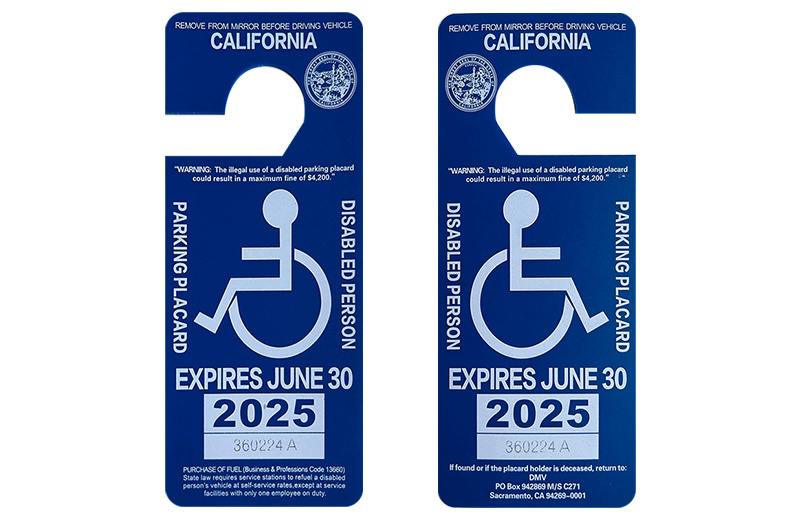Overview of Driver's License Types and Categories in the U.S.
Overview of Driver's License Types and Categories in the U.S.
In the United States, driver's licenses like South carolina Fake ID, Virginia Fake ID, Oklahoma Fake ID and Kansas Fake ID and so on are categorized into various classes and types, each tailored to specific vehicles and driving requirements. These classifications ensure that drivers possess the appropriate skills and knowledge to operate different types of vehicles safely. This detailed exploration covers the various classes, types, and endorsements associated with U.S. driver's licenses, highlighting their purposes, requirements, and implications.
1. Class A
Purpose and Usage
Class A licenses are designed for drivers who operate large, heavy-duty vehicles. This category is primarily intended for commercial vehicle operators, including those who drive:
Tractor-Trailers: Large combinations of a truck and trailer.
Semi-Trailers: A type of trailer that requires a separate truck for towing.
Requirements
To obtain a Class A license, drivers must typically:
Pass a Written Test: Covering general knowledge about large vehicle operation.
Pass a Driving Test: Demonstrating the ability to handle combination vehicles.
Complete a Medical Examination: To ensure physical fitness for operating large vehicles.
Endorsements
Additional endorsements may be required based on the vehicle type or cargo:
Tank Vehicle (N): For driving vehicles transporting liquid cargo in tanks.
Hazardous Materials (H): For transporting hazardous materials.

2. Class B
Purpose and Usage
Class B licenses are intended for drivers of single large vehicles. This category includes:
Buses: Vehicles designed to carry passengers.
Straight Trucks: Vehicles with a single chassis, such as delivery trucks or dump trucks.
Requirements
Obtaining a Class B license generally involves:
Passing a Written Test: Specific to large vehicle operation.
Passing a Driving Test: Demonstrating skills in handling large, non-combination vehicles.
Medical Examination: Ensuring the driver’s fitness to operate large vehicles.
Endorsements
Class B licenses may require additional endorsements:
Passenger (P): For driving buses or other passenger vehicles.
School Bus (S): For driving school buses.
3. Class C
Purpose and Usage
Class C licenses are for standard passenger vehicles and certain light trucks. This class covers:
Passenger Cars: Sedans, hatchbacks, and other personal vehicles.
Small Trucks: Trucks that do not fall into the Class A or B categories.
Requirements
To secure a Class C license, drivers typically need to:
Pass a Written Test: Covering general driving knowledge.
Pass a Driving Test: Assessing skills in operating standard passenger vehicles.
Complete a Vision Test: Ensuring adequate visual acuity.
4. Class D
Purpose and Usage
In some states, Class D licenses are equivalent to the standard driver’s license for passenger vehicles. Class D licenses allow drivers to operate:
Personal Vehicles: Such as cars and small SUVs.
Light Trucks: That do not require a commercial license.
Requirements
For a Class D license, drivers usually must:
Pass a Written Test: On road rules and driving regulations.
Pass a Driving Test: Demonstrating practical driving skills.
Meet Vision Standards: Ensuring the ability to see adequately for safe driving.
5. Class M
Purpose and Usage
Class M licenses are specifically for operating motorcycles and motorized bicycles. This class is crucial for those who:
Ride Motorcycles: Including standard motorcycles, scooters, and some types of motorbikes.
Requirements
To obtain a Class M license, drivers generally need to:
Pass a Motorcycle Knowledge Test: Covering motorcycle-specific road rules and safety.
Pass a Motorcycle Skills Test: Demonstrating proficiency in motorcycle handling.
Complete a Motorcycle Safety Course: In many states, this is recommended or required.
6. Commercial Driver’s License (CDL)
The CDL is a specialized license for operating commercial vehicles. It is divided into three main classes:
Class A
Purpose: For operating combination vehicles with a Gross Combination Weight Rating (GCWR) over 26,000 pounds.
Examples: Tractor-trailers, livestock carriers, and large flatbeds.
Class B
Purpose: For single large vehicles with a Gross Vehicle Weight Rating (GVWR) over 26,000 pounds or designed to carry 16 or more passengers.
Examples: School buses, city buses, and heavy dump trucks.
Class C
Purpose: For vehicles designed to transport 16 or more passengers, including the driver, or hazardous materials in amounts requiring placarding.
Examples: Passenger vans, small buses, and vehicles carrying hazardous materials.
Endorsements
Additional endorsements for CDL holders may include:
Hazardous Materials (H): For transporting hazardous substances.
Tank Vehicle (N): For driving vehicles with tanks.
Double/Triple Trailers (T): For operating vehicles with multiple trailers.
Passenger (P): For operating vehicles designed to carry passengers.
7. Special Licenses and Permits
Restricted Licenses
Purpose: For individuals with specific driving restrictions, such as limited hours or specific vehicle types.
Examples: Drivers with medical conditions or young drivers with provisional restrictions.
Provisional Licenses
Purpose: For young drivers, usually under 18, with restrictions on driving times and the number of passengers.
Requirements: Often part of a graduated licensing system, including learner’s permits and intermediate stages.
8. State-Specific Variations
Each state has its own regulations and classifications, which may lead to slight variations in the categories and requirements. For example:
California: Class C includes standard passenger cars and light trucks, while Class M is for motorcycles.
New York: Class D covers passenger vehicles, and Class E includes vehicles for hire.
Conclusion
Understanding the various types and categories of driver's licenses in the U.S. is essential for navigating the legal and operational requirements of driving. From commercial licenses for large vehicles to specialized permits for motorcycles, each classification ensures that drivers meet specific standards for safety and competency. This structured approach helps maintain road safety and allows for the efficient operation of various types of vehicles across the country. As regulations and

 Scannable Fake California Disa
Scannable Fake California Disa
 Scannable Fake ID Card
Scannable Fake ID Card
 Buy Scannable Fake ID Card
Buy Scannable Fake ID Card
 Scannable Fake Driver License
Scannable Fake Driver License